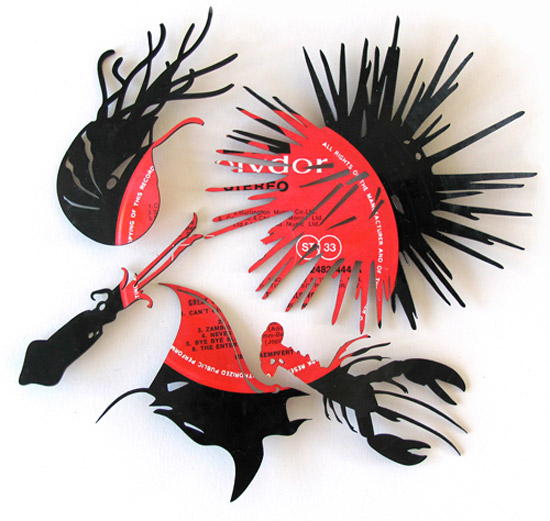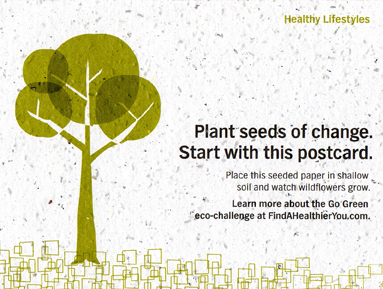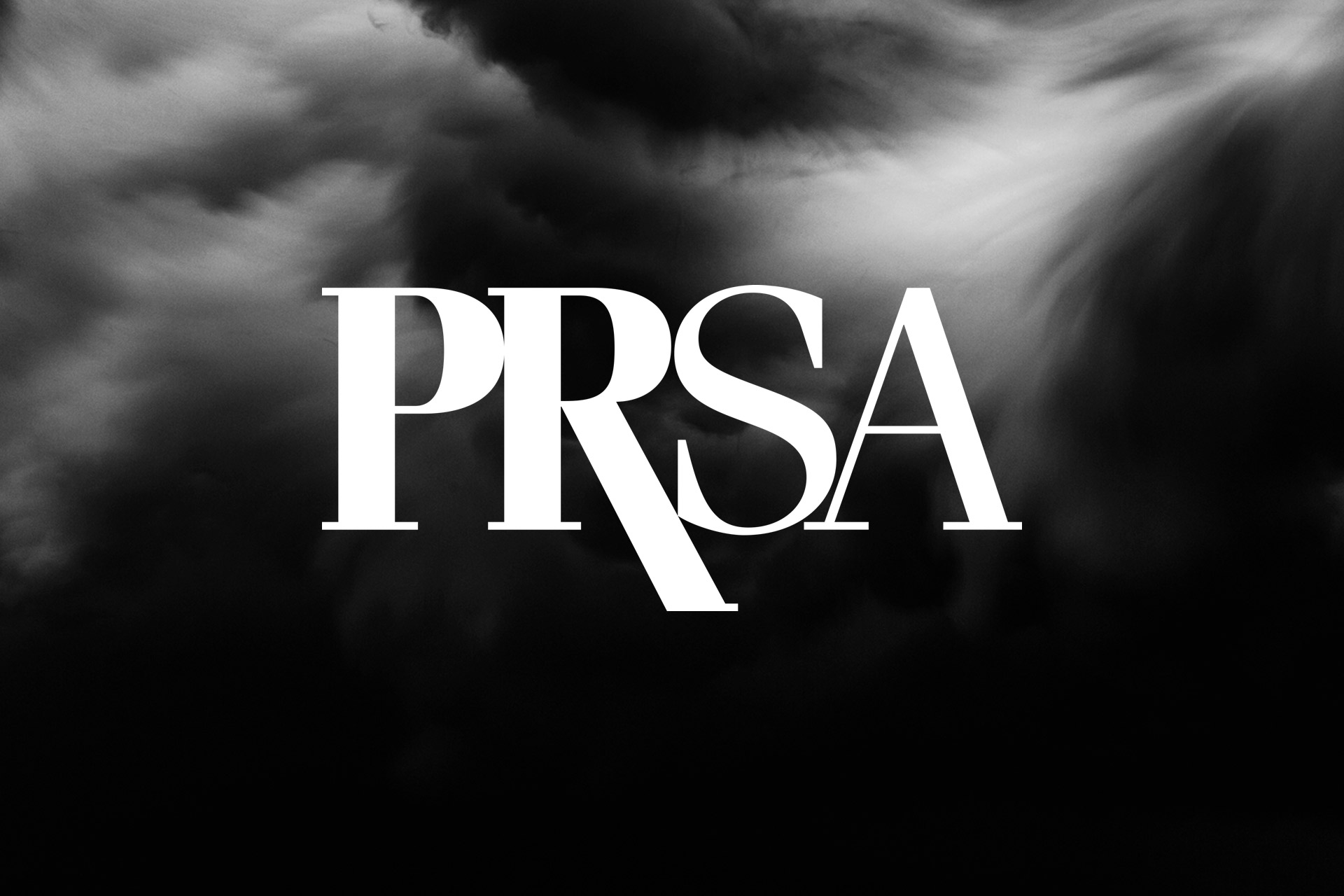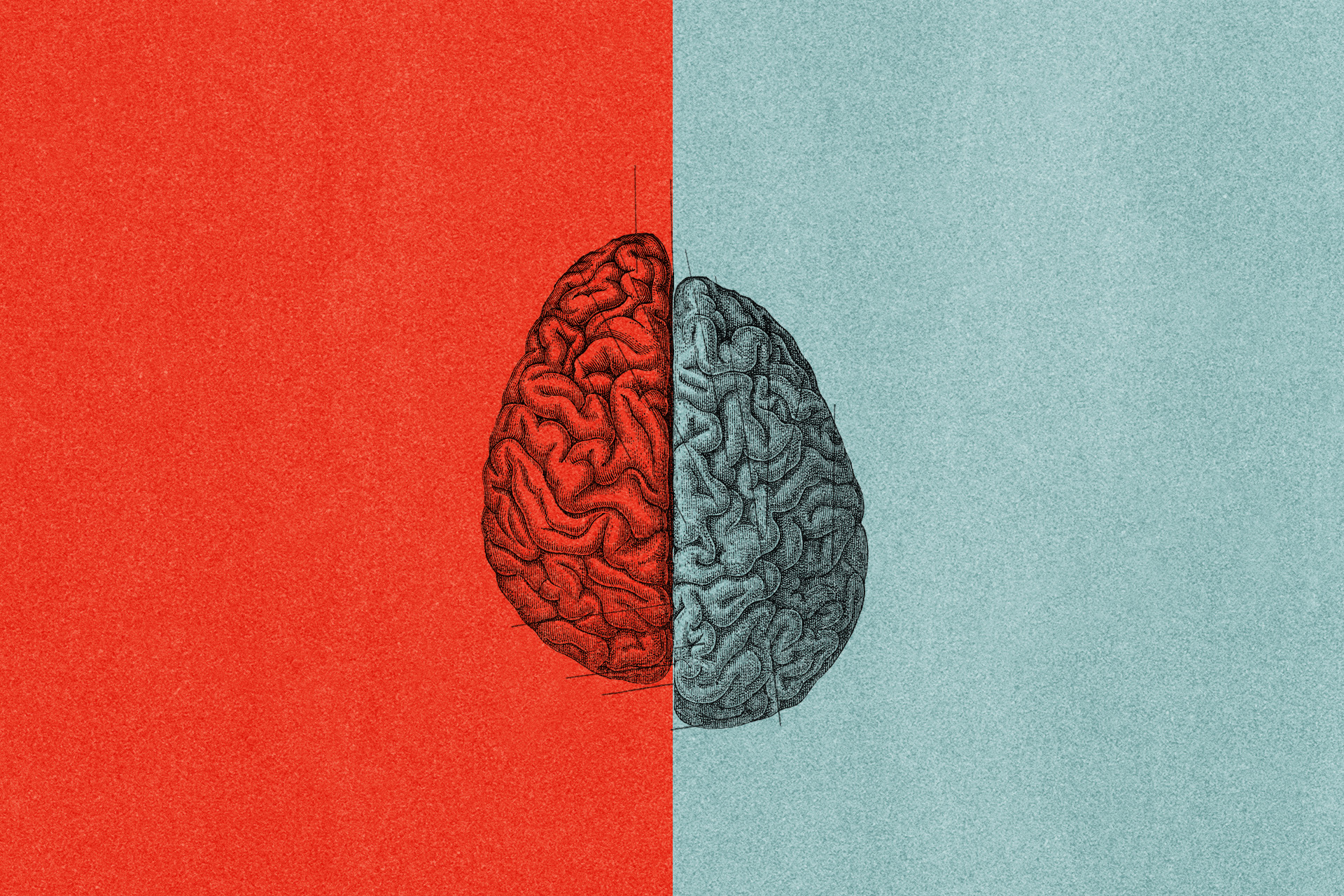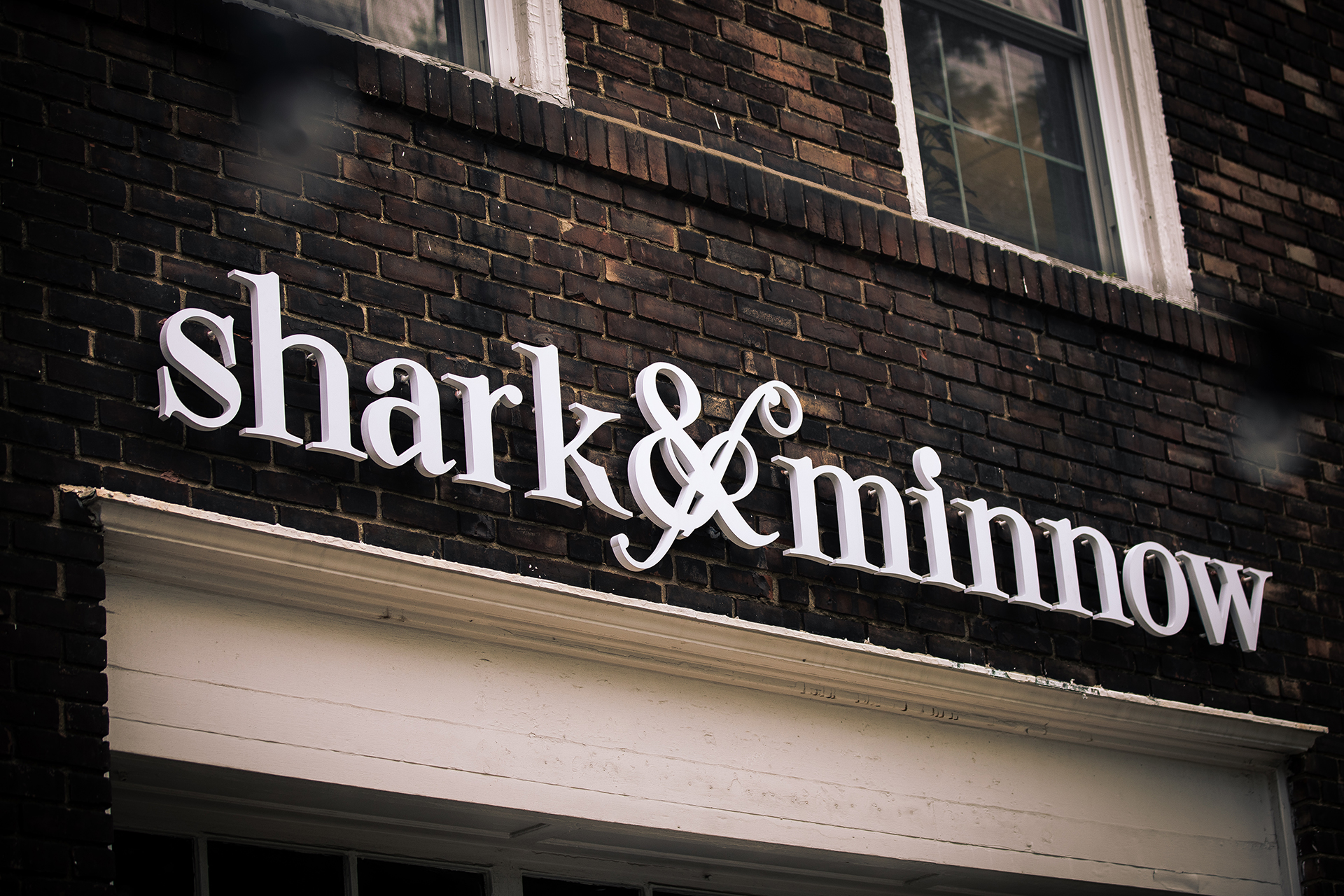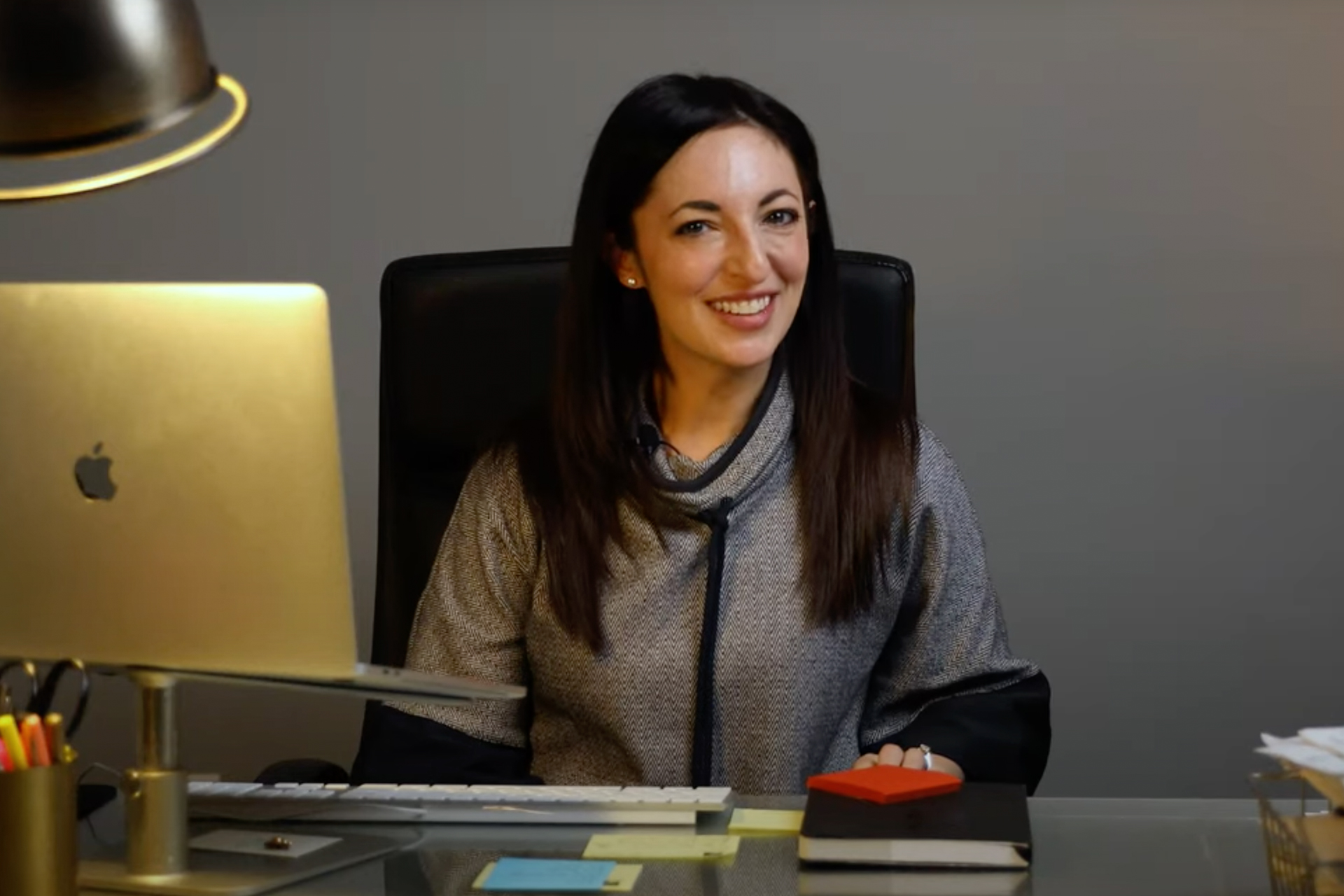Unconsumption
Overview
When we were kids it was pretty much beaten into us that planet earth was in danger + the only way to save the planet was to “Reduce. Reuse. Recycle.” Perhaps because we learned this at a young age it’s second nature for us to want to limit the amount of “stuff” we contribute to landfills. In the rare instances where a recycling bin isn’t near and we, frankly, don’t feel like carry garbage around with us for hours, we toss that bottle into the trash with a healthy feeling of guilt. We know that not everything we throw away is “waste” – and our actions could be a lot less wasteful.
To this end, we’ve been thinking a lot about the idea of unconsumption and have been for quite some time now. During our trip to SXSW 2010, we had a chance to sit in on the panel of Dr. Nita Rollins from Resource Interactive to hear her perspective on “Digital’s Emerging Role In Unconsumption.” Before we analyze and share insightful findings from Dr. Rollins, we will first beging with an analysis of “The Unconsumption Project” by Rob Walker, author of the New York Times column, Consumed; blog Murketing [The Journal of] and book “Buying In.”
The Unconsumption Project
According to Walker, unconsumption is:
“a word used to describe acts of acquisition – generally, the acquisition of things, in exchange for money. Unconsumption is a word used to describe everything that happens after an act of acquisition. Unconsumption includes making things last, finding new uses for them, or, when they’re used up, getting rid of them in the most responsible way. Lots and lots of thought and energy and money goes into creating “meanings” for consumption, but what about these unconsumption ideas? Can they be done in a meaningful way?
Walker further explains in his first NYTimes article on unconsumption that:
“Getting new stuff can feel really good. Most everybody knows that. Most everybody also knows … that utility can fade, pleasure can be fleeting and the whole thought-that-counts thing is especially ephemeral. Apart from the usual solution to this problem (more new stuff!), it’s worth pondering whether getting rid of stuff can ever feel as good as getting it.”
Digital’s Emerging Role In Unconsumption
Dr. Rollins’ panel focused on this topic mostly as it pertains to consumer behavior, both during + post-recession. Some interesting stats to put this into perspective: “Sales at Goodwill stores grew 7.1 percent in the first three months of 2009. Craigslist saw 100 percent increase in bartering. And companies began to launch campaigns to appeal to the frugal consumer, like the Babies ‘R’ Us trade-in where customers brought in old car seats for discounts on new goods” (via Huffington Post). You see the trend emerging…
For many, this behavior is mandatory. But, for others, it’s trendy. Remember all those celebrities and their plain white shopping bags a few years ago? How about this recent (more ironic) find. Nobody wants to be seen as a “have” in a world where most of those that make them successful are “have nots.” The same holds true for brands. But it’s not just an image play – what companies also have to deal with is how to stay profitable when their target audience seemingly can’t afford to buy their product. Dr. Rollins identified “Digital Forces” and “Consumer Actions” that support unconsumption. View the SlideShare presentation above for more details.
Digital Forces
- Radical Transparency
- Disintermediation
- Freeconomics
- Network Effect
- Dematerialization
Consumer Actions
- Reduce
- Reuse
- Recycle
- Refuse
- Make
- Sell
- Swap
Of these unconsumption forces and actions, it was interesting to hear Rollins assessment of the demise of greenwashing due to radical transparency. While we do agree, most organizations still have not completely adopted radical transparency and utilize selective transparency. However, as previously mentioned, Rollins’ focus was about reaching the consumer, branding, and allowing that branding to do the heavy lifting of motivating that unconsuming consumer to action. Below are her suggestions for how to appeal to unconsumers:
- Clarify what you mean by “sustainability”
- Incorporate sustainability into your business’ operations, communications, and tactics
- Provide consumers with the option to rent rather than buy
- Think about selling “vintage” products
- Look to de-sanctify your packaging – understand it is trash if you don’t specify another use (i.e. art)
- Support swapping on-site
Even with the recession starting to soften, Dr. Rollins asserts that brands need to be aware that this trend is strong and, while it may diminish, certain brands will need to address this mindset present with their target audience for years to come.
Divergent Perspectives
There is one word that separates the beliefs of Dr. Rollins and Walker on unconsumption: brands.
From Walker:
“People can do what they want, I guess, but I should probably go on record as saying that it sounds to me like this version of “unconsumption” has nothing to do with The Unconsumption project that I’m involved in. My view, for the record, is that brands can’t “embrace unconsumption.” The last thing in the world that I had in mind with the Unconsumption project was coming up with some sort of shorthand that would help companies move more newly manufactured branded units. The unconsumption idea isn’t meant for brands, or people who make a living by burnishing brands. It’s meant for the rest of us. (via Murketing).
From Dr. Rollins
“…unconsumption…finding clever new uses for old, discarded, outmoded consumer goods–this is it. There were several of these uncanny flower pot cars in Uruguay’s historic port town. Unconsumption is a trend known by many names, many of which begin with “re”–as in reuse, recycle, etc. The more inventive the reuse by the “unconsumer”, if you will, or the more frequently a consumer releases her possessions into the ceaseless flow of capitalist goods so someone else can use and appreciate them, the easier her conscience about wanting something new. The environment is not the only beneficiary of this trend; so is the consumer on the receiving end of these repurposed, recirculated goods, if she is inclined to search for storied goods.” (via Nita At Large).
With these two perspectives known, it is up to your subjective interpretation whether unconsumption can be used in branding. Maybe the case studies below can help you reach a conclusion.
Art & Music
In researching our “A Digital Rolling Stone” project, we also found a few methods of unconsumption in the music industry. Vinyl jewelry from Cat Division.
Also, Atlanta-based artist Erika Iris Simmons (iri5), has been creating beautiful portraits of musicians and bands like Robert Smith and The Clash out of cassette tapes as part of her “Ghost in the Machine” project. Her reason for the medium: “The idea comes from a philosopher’s (Ryle) description of how your spirit lives in your body. I imagine we are all, like cassettes, thoughts wrapped up in awkward packaging.” We had the pleasure to trade art with Erika a few months ago, we gave her a vinyl LP record of Eric’s band from Boston and she gave us an original composition created with paint and sheet music. Unconsumption can also create friendships.
Notebooks
Sorry Moleskin and Field Notes lovers, let us introduce you to your new crush. Anti-System Skateboard Notebooks made from recycled skateboards and Lego Notebooks made from recycled Legos.
Fashion
Wrath Arcane
One of our favorite clothing companies, Wrath Arcane: “WRATH ARCANE will be launching ‘THE DREDGERS UNION‘ (*exact date TDB, likely summer 2010). This line will feature new mens and womens styles made from salvaged fabrics. Goods will retail for $65 – $75 for wovens/hoodies/bottoms, with the most expensive outerwear being around $195. All of the line will be MADE IN USA.”
Score!
Score! is not your typical swap. In fact, it more closely resembles a pop-up free store: Attendees donate their goods, volunteers sort and display these items in themed “departments”, and attendees have the option to browse and take whatever they like… for free! It’s essentially a giant party — music, drinks, live screenprinting, photographers taking pictures of stylish “scored” outfits, etc. (via Score!)
Philanthropy
Hello Rewind
Hello Rewind, who has taken it a step further and woven in a philanthropic component. What they do: “Turn your old t-shirt into a custom laptop sleeve + support new life for sex trafficking survivors.” There are certainly lots of companies/individuals that are finding ways to recycle clothing, we just happen to really dig the spirit + overall nature of this program.
Medwish International
Also on the non-profit tip, Medwish International keeps functioning medical aid equipment/supplies out of landfills and instead deploys goods to developing countries who are in need of such tools.
Matter of Trust
Perhaps the most timely example is Matter of Trust’s efforts of recycling your discarded dog/cat/other animal fur to help absorb the oil leaking into the Gulf of Mexico. No business goal – this is purely non-profit, but nonetheless hugely important + impactful.
Health Insurance
The last industry that we expected to adopt the unconsumption mindset and methodology was insurance. However, health insurance and unconsumption is actually a perfect pairing. Recently, we received a direct mail piece from Anthem Health Insurance and were surprised to find a ecological message: “Take the go green eco-challenge and get weekly emails that will show you how to lead a healthier life. Plant this recycled postcard in shallow soil. Add water and sunshine. In six to eight weeks, enjoy wildflowers.” A beautiful idea.
Furniture
A Piece of Cleveland (APOC)
APOC loves Cleveland. Its history, its character and its potential. APOC was created to preserve this rich history by telling a story and turning unwanted materials into something better than they were before. Every product that they offer is made from materials carefully extracted from office buildings, residential homes, churches, schools and other historical structures in the city. Countless people, maybe some who were our ancestors, have walked on, sat in, and used the materials that we are rescuing to create our products. By using durable and beautiful wood, glass and metals found in these buildings, legacies are allowed to live on.
Coca-Cola
Technically, this case study exhibits the recycling of consumer product goods (CPG), however it also integrates a well-known furniture designer. Coca-Cola recently unveiled a partnership with Emeco to create a sustainable chair made out of recycled Coke cans and bottles (via Buzz-Beast). Each chair will be made out of rPET derived from 111 recycled plastic Coke bottles. The chairs will be available for sale in June 2010 in select retail locations worldwide and can also be ordered by sending an email to coca-cola@emeco.net. This initiaitve benefits both companies.
“The 111 Navy Chair is a reflection of our commitment to sustainability, constant innovation and originality in design. This latest addition to our line of rPET licensed merchandise underscores the fact that Coca-Cola bottles are valuable recyclables. It is another step in our vision to recover and reuse all of our bottles and cans.” Kate Dwyer, Group Director of Worldwide Licensing for The Coca-Cola Company.
Conclusion
Regardless of whether you believe unconsumption can be utilized in branding or not, it is a powerful movement. Unconsumption is creative thinking in action. It’s a response to the needs of our ecosytem and a moral responsibility each of us has to ensure a sustainable future. And we can’t get enough of it! If you’ve seen something interesting in the unconsumption vein, leave a comment so we can check it out.



